Uber Technologies Reshuffles Executive Leadership Amid Strategic Realignment of Delivery and Mobility Operations
Uber Technologies Inc. $UBER has announced a significant leadership change as Pierre-Dimitri Gore-Coty, Senior Vice President of its Uber Eats division, will depart after nearly 13 years with the company. Gore-Coty played a key role in scaling Uber’s delivery operations globally, especially during the COVID-19 pandemic, a period marked by unprecedented demand and operational complexity.
Simultaneously, Uber is reinstating the position of Chief Operating Officer (COO) for the first time since 2019. Andrew Macdonald, a company veteran since 2012, will assume this role, overseeing mobility, delivery, autonomous technology, membership programs, and customer experience functions.
This strategic reshuffle reflects Uber's aim to consolidate leadership across its core business verticals while optimizing cross-functional synergies.
Leadership Realignment and Business Implications
The executive changes come at a critical juncture for Uber. As macroeconomic headwinds ease and ride-hailing volumes recover, the company is increasingly focusing on unit economics, cross-platform growth, and autonomous delivery initiatives. Gore-Coty’s departure signals the end of an era defined by aggressive expansion of Uber Eats and the company’s pandemic-era pivot toward logistics.
Andrew Macdonald’s appointment as COO is widely viewed as a structural reinforcement to accelerate Uber’s next phase of growth, especially in integrated service delivery and AI-driven operational efficiencies. Macdonald's prior experience in global markets positions him to lead a more unified approach to Uber's high-margin businesses.
This move also underscores a broader trend in Silicon Valley of reinstating traditional executive roles like the COO to streamline strategic execution, improve coordination, and increase accountability in complex, multi-market enterprises.
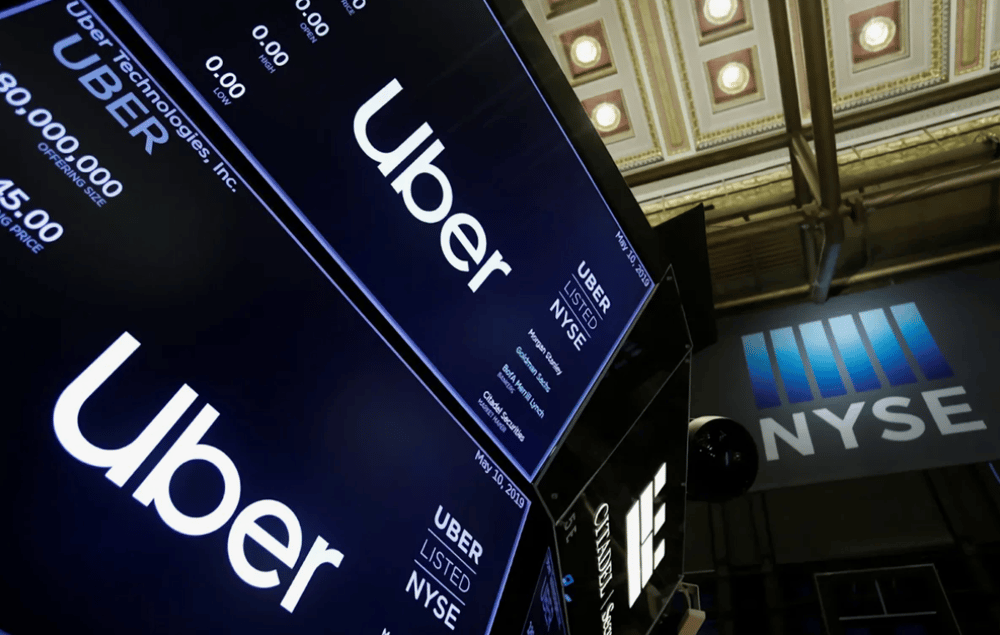
Quick Facts
Executive Departure: Pierre-Dimitri Gore-Coty steps down as SVP, Delivery
Tenure: Nearly 13 years with Uber
Key Contributions: Scaled Uber Eats; managed delivery through COVID-19
New Role Created: Chief Operating Officer (COO) reinstated after six years
Appointee: Andrew Macdonald to lead Mobility, Delivery, and Autonomous divisions
Scope of COO: Cross-functional leadership across membership and support
Stock Ticker: UBER.N
Market and Industry Reaction
The announcement has triggered mixed responses in equity markets and the tech sector. Investors are assessing the potential impact of leadership changes on Uber’s long-term roadmap, particularly in light of recent gains in EBITDA margins and consistent positive free cash flow performance. While Uber stock remained relatively stable following the news, analysts are closely monitoring execution risk associated with leadership transitions.
Industry experts see the reinstatement of the COO role as a sign that Uber is preparing to scale more complex initiatives, such as autonomous delivery, global logistics integrations, and subscription monetization across its ecosystem.
Moreover, with Uber Eats now facing stronger competition from DoorDash $DASH and Amazon’s stake in Grubhub $AMZN , the consolidation of delivery under a broader operations role may offer strategic clarity and executional efficiency.

Key Points
Uber Eats architect Pierre-Dimitri Gore-Coty exits after shaping pandemic delivery strategy.
Andrew Macdonald named COO, reviving a role removed during Uber’s 2019 restructuring.
Leadership realignment suggests Uber’s intent to unify delivery, mobility, and autonomy.
Cross-platform oversight aims to optimize customer lifetime value and product stickiness.
Markets reacted neutrally, signaling investor confidence in Uber’s succession planning.
COO reinstatement aligns with broader trends in tech to reinforce operational discipline.
Strategic Consolidation and Forward Momentum
Uber’s executive restructuring underscores a broader transformation within the company from a phase of rapid vertical expansion to one of operational integration and scalable growth. By placing its core business lines—Mobility, Delivery, and Autonomous Vehicles—under a single executive leader, Uber signals an intent to harmonize efforts across platforms, reduce friction, and capitalize on network synergies.
The departure of Gore-Coty, while significant in historical context, appears to be part of a coordinated shift in leadership philosophy, with an emphasis on streamlined management and cross-functional execution.
As Uber continues to evolve into a diversified mobility and logistics platform, its organizational structure will likely remain dynamic—shaped by both internal performance metrics and external competitive pressures.


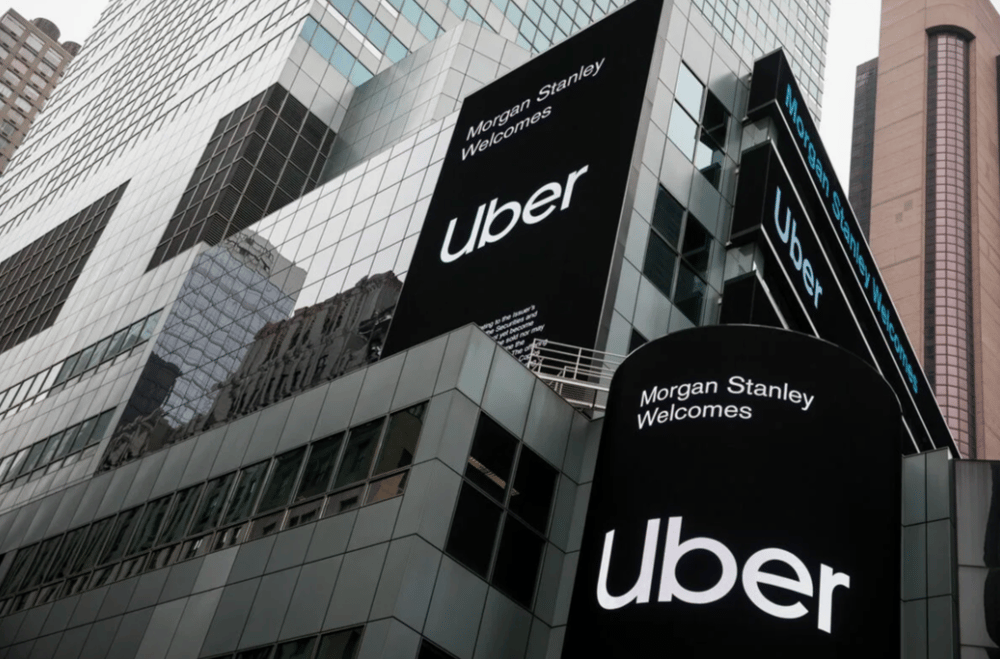

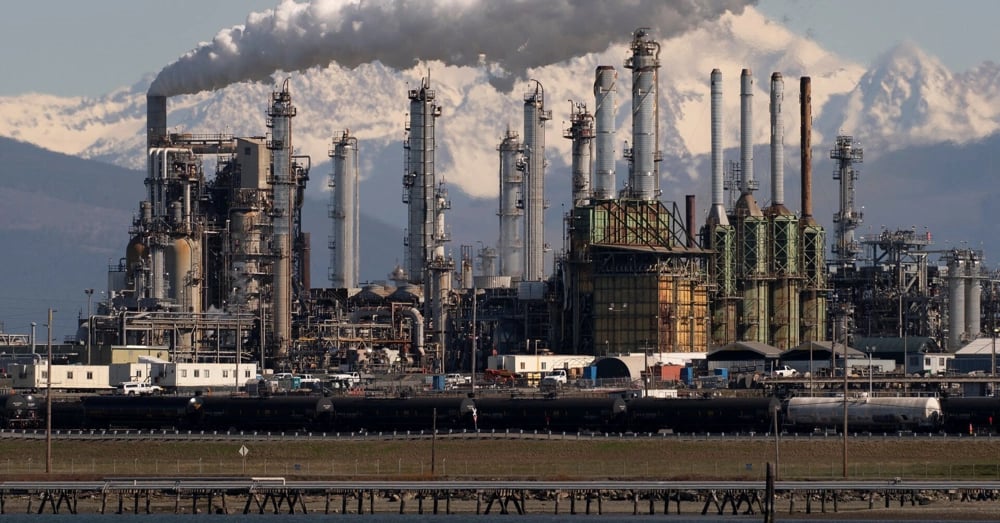




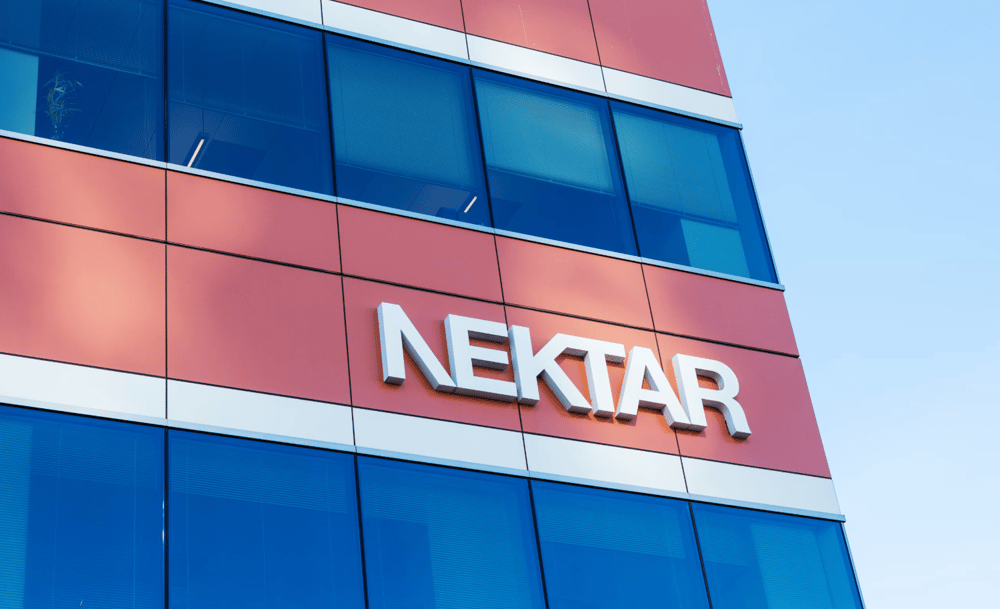
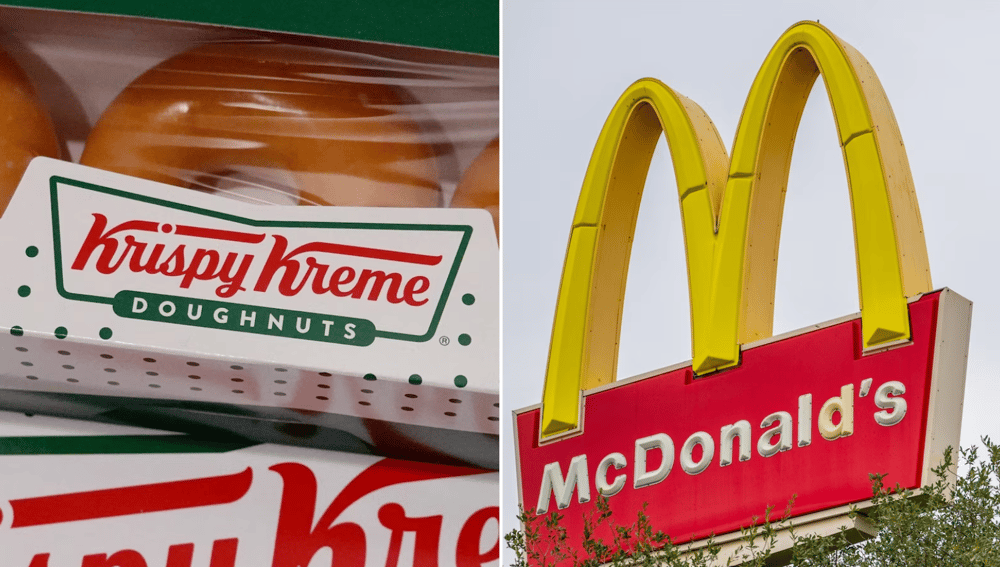

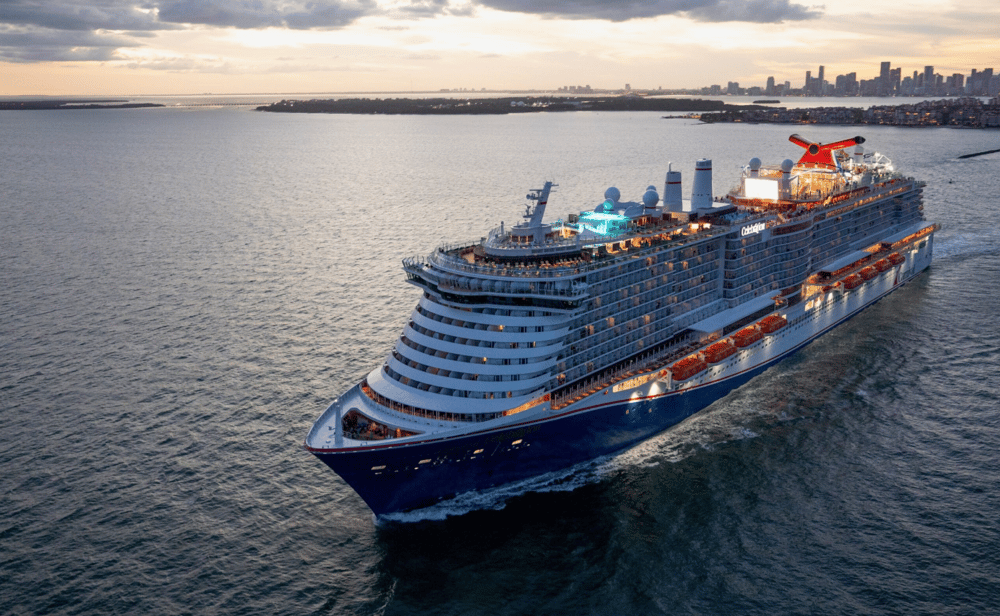


Comments